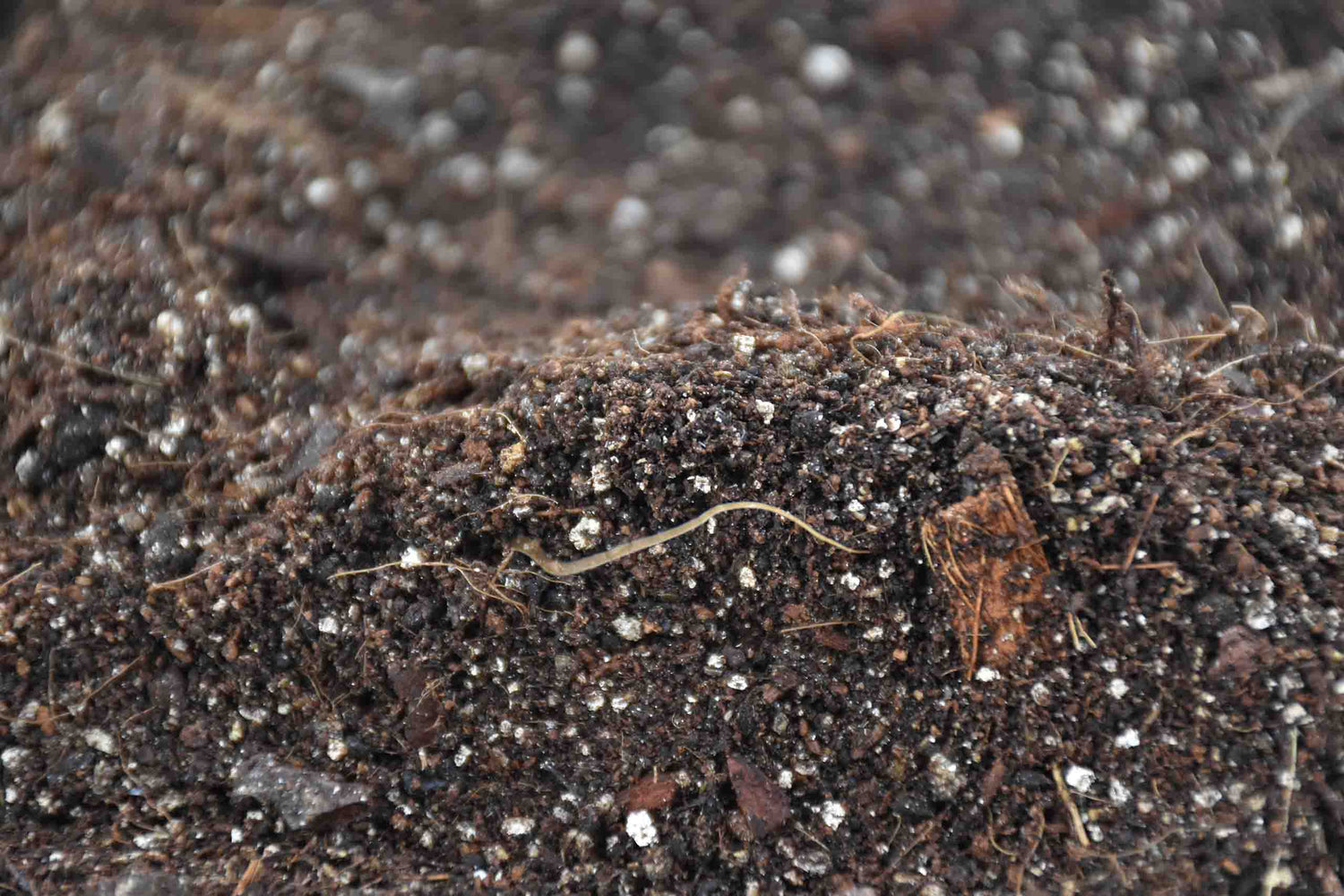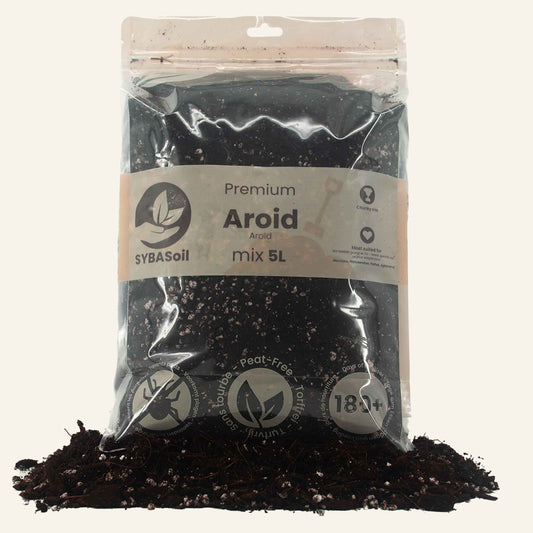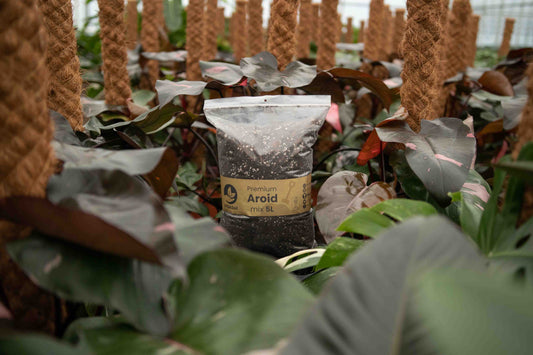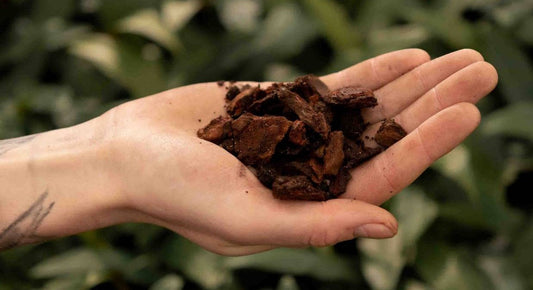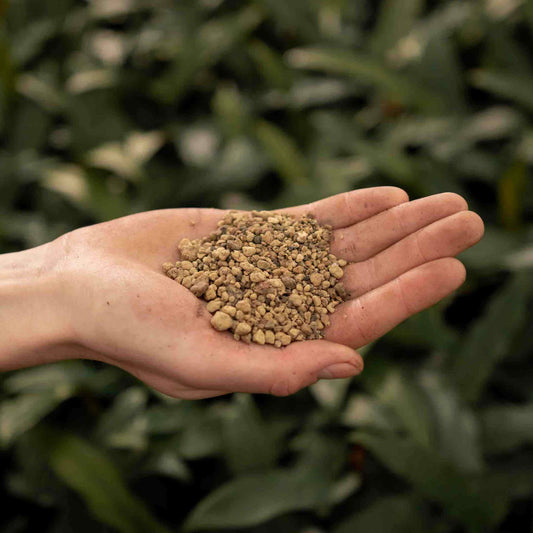Are you suffering from mould on your potting soil or soil mixes? Don't worry, this is a problem many plant lovers face. I share tips on different types of mould and causes of mould growth on potting soil. And give you handy tips on how to remove this mould effectively!
Mould is not always harmful, and may even indicate healthy soil. But it often doesn't look very appetising.
Different Types of Mould
Mould comes in different shapes and sizes. One of the better-known fungi is the white fluffy mould. This mould thrives in damp places and can grow quickly in potting soil. You can also encounter the brown or black mould. This mould is made by too much moist potting soil and lack of air circulation. It is important to identify the right mould. This will help you know which treatment works best.
Causes of Mould on Your Potting Soil
We've talked about the different types of mould. Now it's time to talk about the causes of mould on potting soil. One of the main causes is too moist potting soil. This can come from overwatering, lack of drainage in the pot and poor quality potting soil. This creates a perfect environment for fungi to grow.
Good quality potting soil drains well and helps reduce mould growth. That’s exactly why many plant lovers choose SYBASoil. If you’re curious what makes it different, here’s why you might choose SYBASoil over regular potting soil.
White Deposit
White deposits can sometimes be found on potting soil and coconut chip husks. Many people think this is mould, but it is actually limescale. This is caused by water coming out of the tap and drying up on the potting soil. So it's important to know that this white deposit is not mould, and it won't hurt your plants.
And Now... How Do I Remove Them?
Now that we know more about the different types of fungi and causes on potting soil. It is important to focus on how to remove this mould effectively. The best thing, of course, is to prevent the problem. But should you still have a mould situation, remove all mould from the potting soil. And water the plant less frequently. Direct sunlight will also help prevent mould! Depending on your plant species, this may also be a solution.
Watering plays a big role in keeping soil healthy and mould-free. Understanding the right watering technique ensures your plants thrive.
Prevention: Not Leaving the Soil Too Wet and Light
It is also important to make sure the potting soil is not too moist. Water your plants only when the potting soil feels dry. And add extra holes at the bottom of the pot to improve drainage. It is also important to change the potting soil regularly. And clean the plant pot thoroughly before reusing it. This can help prevent mould growth. mould is less likely to grow in the sun, so put your plant in a nice sunny spot.
Wondering what type of pot will help your plant thrive? Here is how you can choose the perfect pot for your plant.
Conclusion
Mould on potting soil can keep your plants from growing well. And it doesn't look as pretty. But don't worry, it's fixable.
Choosing a quality potting soil is important. Potting soil with the right nutrients and structure is less likely to cause harmful fungi. Discover the 5 best houseplant soil options right now to help you choose the perfect mix.
By knowing how to identify the different types of fungi and understanding what causes them, you can take the right steps to reduce mould growth.
With the helpful tips we have shared in this blog, you can effectively combat mould and ensure that your plants continue to grow and flourish!
